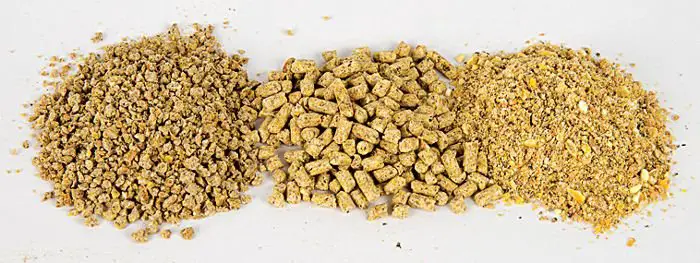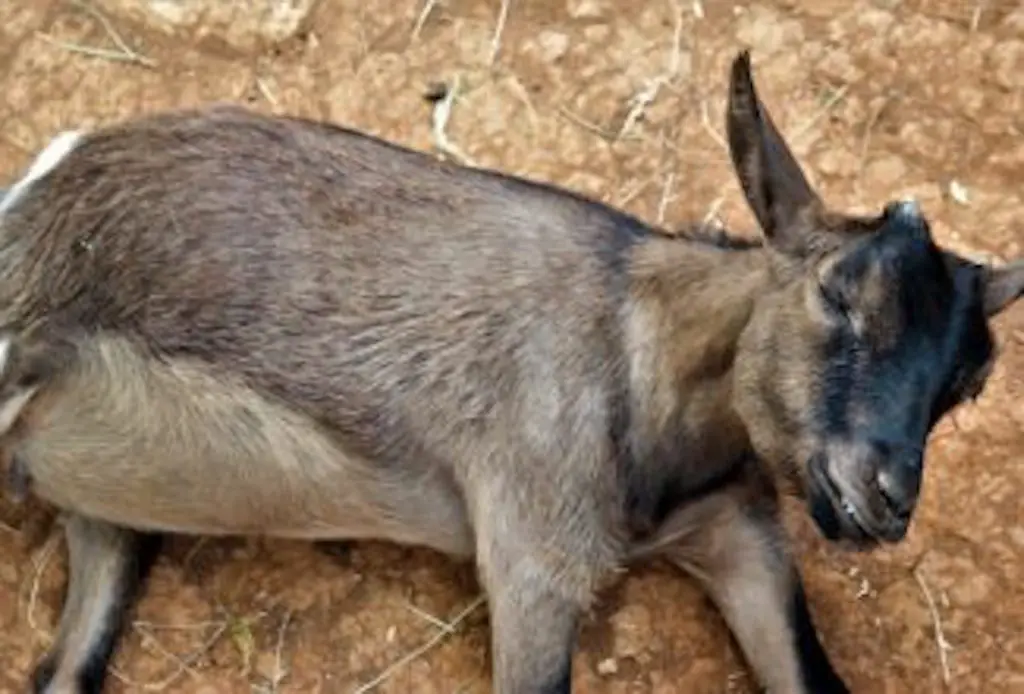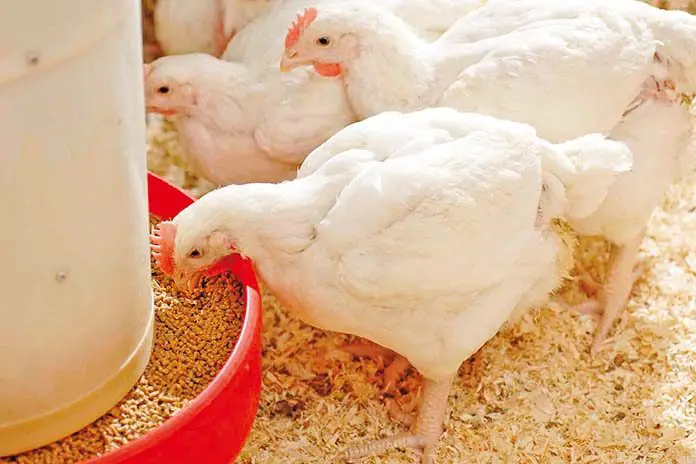Cabbages are a diverse group of leafy vegetables from the brassica family, some are green, red, or white with loose or dense heads. Goats are basically herbivores so they can eat cabbage but not as a sole diet as there is very little nutritional value in cabbages being almost 90% water. Cabbages should be fed to goats in conjunction with good-quality roughage in the form of hay to prevent any digestive issues for the goats. It is important to note that it is safe to feed cabbages to goats but the amounts are determined by the fact that goats are ruminants and thrive on high-fiber feed.
Contents
Goat Digestive System
Goats are ruminants, that is their stomach has four chambers designed to ferment and digest high-fiber feeds. Goats feed predominantly by browsing nutrient-rich shrubs but will also graze if the browsing does not meet their requirements. The feed consumed is chewed in the mouth and mixed with saliva which also helps stabilize the pH of the rumen for normal fermentation. In the rumen the food is fermented by the microorganisms that are present in the gut, the food can be regurgitated and chewed again to further break it down so that digestion is easier. This adaptation and symbiotic relationship with the microbe in their guts makes goats very efficient and digesting bulky high-fiber feeds. Any understanding of this digestive system acts as a useful guide on how much cabbage or any other feed to give your goats.
Cabbage Nutritive Value
Cabbages are mostly grown for human consumption and have been grown by humans for many millennia and are consumed raw, cooked, or fermented. For livestock, mostly loose leafy varieties of cabbage are grown together with grass pastures to graze goats. Cabbages have very high yields per hectare in a very short period of time, hence making cabbage a very attractive option for goat feeding. Cabbages can also be cut and fed to goats or wilted, and fermented together with grasses to make silage for goat feeding. Cabbage is mostly comprised of water and very little of anything else at below 6% carbohydrates and 1% protein they basically act as a filler in the diet. Cabbages do however have high levels of vitamins C and K which are useful for normal bodily functions in the goat. Mineral supplementation should be used to maintain the calcium ratio at 7:1 which helps maintain good weight gains and normal bone development in the growing goats.
Feeding Cabbage to Goats
Because cabbages have a very high water content it is sometimes recommended to wilt cabbage before feeding it to goats. In most incidences, goats are actually fed cabbage scrap leaves which are the outer leaves, these are more mature with less water and a bit more fiber. Whole cabbages can be fed to goats after cutting to manageable bits as goats tend to eat very quickly this ensures that even less dominant goats get the snack. Most of the tough mid-rib stems will not be consumed if cabbage is fed uncut to goats, which is waste.
Storage
Storing cabbages for long-term use can be a challenge due to the high water content, even making silage from cabbages is a bit more complex than with grasses. Because cabbage has limited starch content molasses has to be added to the leaves before fermenting. And unlike grass silage cabbage silage should be compacted as this bruises the leaves making them prone to rot.
Challenges of Feeding Cabbage to Goats
Cabbage is rapidly digested in the rumen and if fed alone as a sole food, goats will get bloated which can be a serious challenge and can lead to death if not treated. Cabbage should be introduced slowly and in small quantities to goats and avoid feeding hungry goats as they will consume it too quickly. High-quality grass forage should always be fed together with cabbage so that the goats get enough fiber to maintain normal digestion goats can also get scours or diarrhea if fed a diet of over 50% cabbage with limited fiber. The high nitrate and sulfur content of cabbages have also been known to cause poisoning and cases of goiter when excess amounts of cabbage are fed to goats. Another source of poisoning when cabbage is fed to goats is pesticides that could have been used in the cultivation of the cabbages, care should be taken to ensure that the cabbage fed has no pesticide residues prior to feeding. The cabbages can also be washed before feeding to avoid poisoning due to pesticides.
Other Brassica spp for Goat Feeding
Because the cabbage family is so diverse the list of cabbage species that can be fed to goats is quite long but the following can be fed to goats:
- Brocolli
- Chinese/ Napa cabbage
- Red cabbages
Special types of brassica species have been developed over the years, especially for animal feeding such as:
- Rape forage
- Japanese Radish
- Forage Turnips
- Swede
- Kale
These species of brassicas have proved very useful in animal feeding and can be fed to goats with better results than commercial cabbages available for human food. Turnips and radishes have the advantage of having vegetative parts both below and above ground that the goats can utilize as food. These forage varieties usually have higher protein levels than commercial cabbage averaging 20% for leafy brassicas and 14% for root brassicas, compared to 1%. However, these varieties are still very low in fiber and good-quality hay is still a prerequisite for their successful utilization by goats. These varieties still have challenges with bloat hence should also be introduced slowly to goats to avoid digestive upsets.
In summary, goats can be fed cabbages but in limited quantities, as a supplement, due to their lack of fiber and high water content. The attributes pose some challenges in normal digestion for goats as fiber is critical for normal rumen function, hence cabbages should be fed with other forms of fiber. Specialized forages in the same family as cabbages, with comparable or better yields, are available with a better feeding value than cabbages, these make better feeding choices in commercial settings.





